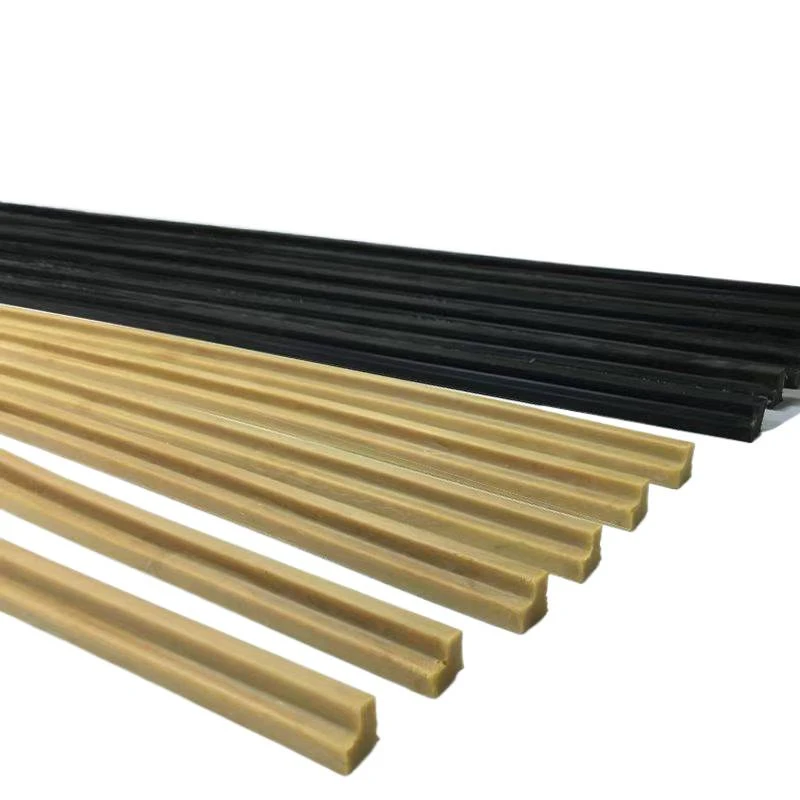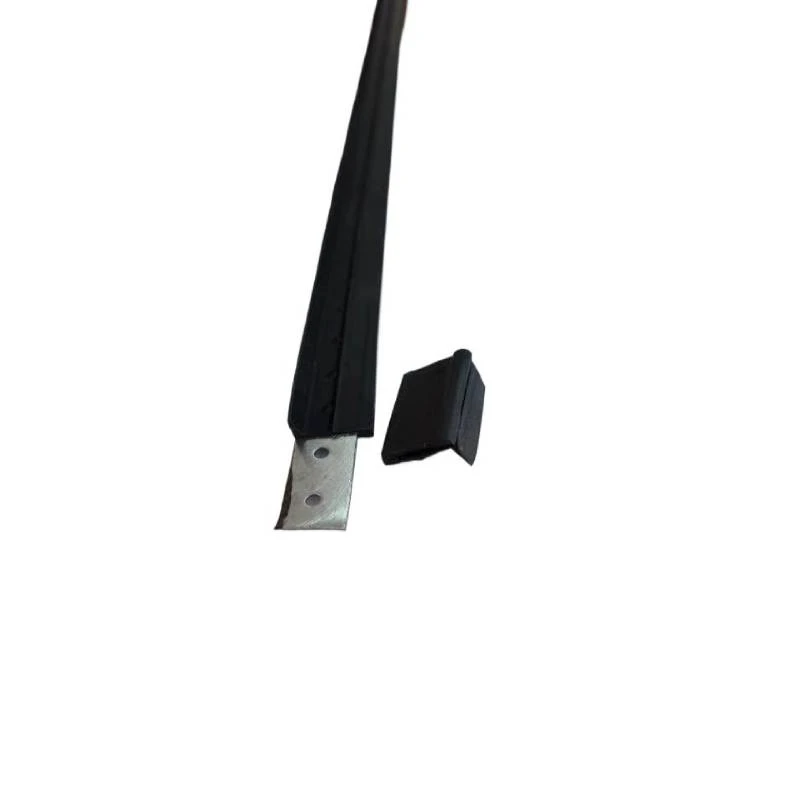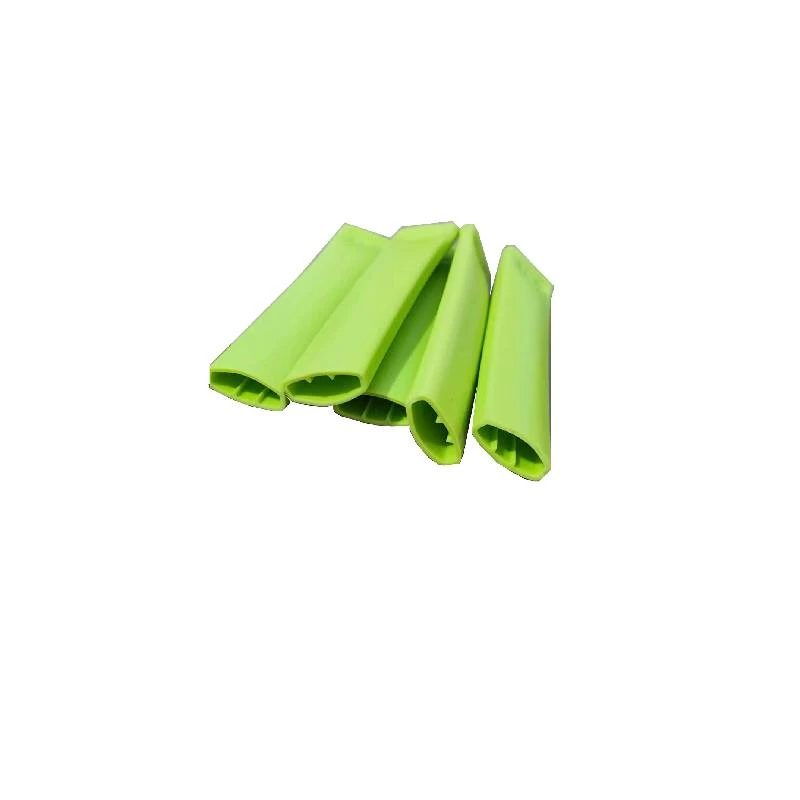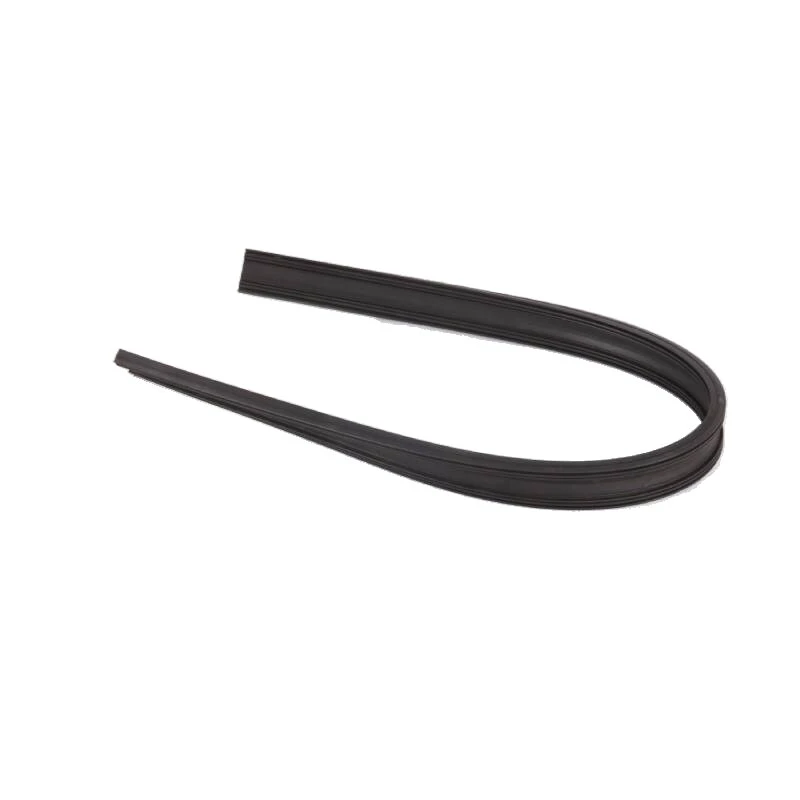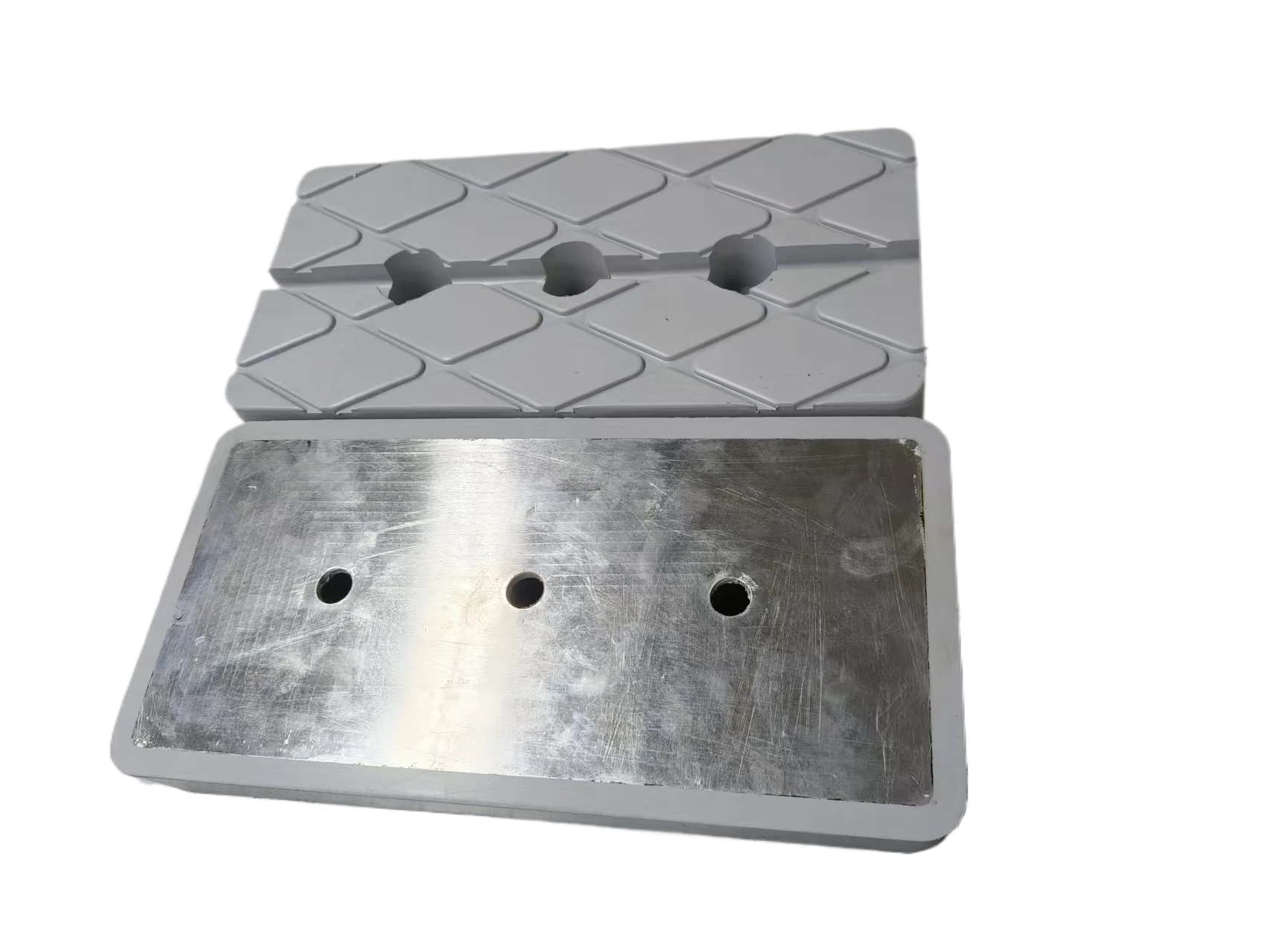Tiny Rubber Plugs: Leak-Proof, Chemical-Resistant Fit
Tiny Rubber Plugs, Big Impact: What I’m Seeing in the Market Right Now
If you’re hunting for tiny rubber plugs that don’t crumble under heat or leave residue, you’re not alone. Manufacturers are quietly upgrading to platinum-cured silicone components because downtime is expensive and tolerances keep getting tighter. The oddly named but surprisingly versatile Silicone Support Block from FY Gasket has been showing up in places I didn’t expect—from PCB masking to curtain wall spacing. It’s a small part with outsized consequences for uptime and finish quality.

Industry trend: micro parts, macro reliability
The trend is clear: smaller components, faster takt times, tougher compliance. In fact, electronics assemblers tell me they’re ditching mixed elastomers in favor of one stable spec—silicone with documented batch traceability. Construction teams echo that sentiment on glazing lines; tiny rubber plugs that don’t cold-flow at summer temperatures mean cleaner reveals and fewer callbacks. Sounds mundane, but the ROI is real.
What is the Silicone Support Block?
It’s a customizable, high-performance silicone spacer/plug/block made in Gaobeidian City (No. 228 North Street, Hebei Province). Think push-fit plugs, buffers, mini standoffs—same family, different shapes. Temperature tolerance is the headline, but the no-marking surface finish is what operators rave about. To be honest, I expected the usual “good on paper” story. The test data is better than that.
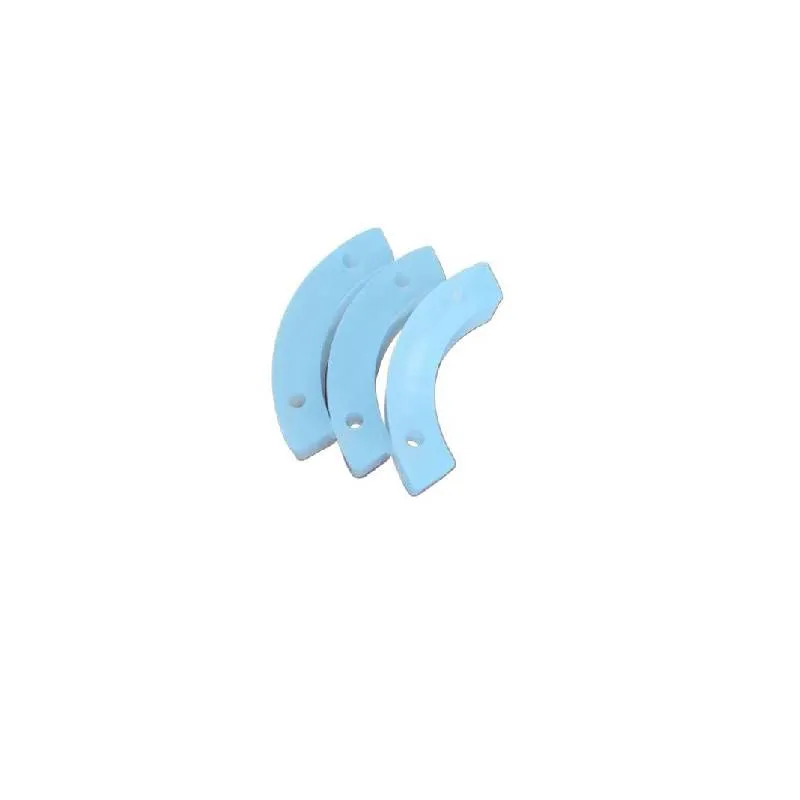
Process flow (how it’s made, and why that matters)
- Materials: Platinum-cured silicone (LSR/HCR), Shore A ≈ 30–70; optional EPDM/NBR for specialty solvents.
- Methods: Compression or injection molding; precision trimming/deflashing; optional post-cure for volatiles.
- Testing: Hardness ASTM D2240; Tensile/Elongation ASTM D412; Compression Set ASTM D395 B; Heat Aging ASTM D573; optional UL 94 flame testing.
- Service life: around 10–20 years static indoor; 5–10 years in dynamic or outdoor use (real-world use may vary).
- Certs/Compliance: ISO 9001, RoHS, REACH; FDA 21 CFR 177.2600-grade silicone available for select SKUs.
| Spec | Typical Value | Standard | Notes |
|---|---|---|---|
| Hardness | Shore A 40–60 ≈ | ASTM D2240 / ISO 48-4 | Other durometers upon request |
| Temp range | -60°C to +200°C (short peaks +230°C) | Internal method | Application-dependent |
| Tensile / Elongation | ≥ 7 MPa / ≥ 300% | ASTM D412 | Typical production lot |
| Compression set | ≤ 25% @ 150°C, 22h | ASTM D395 B | Good for repeatable fit |
| Color/Finish | Natural, black, or custom | Visual | Non-marking surface |
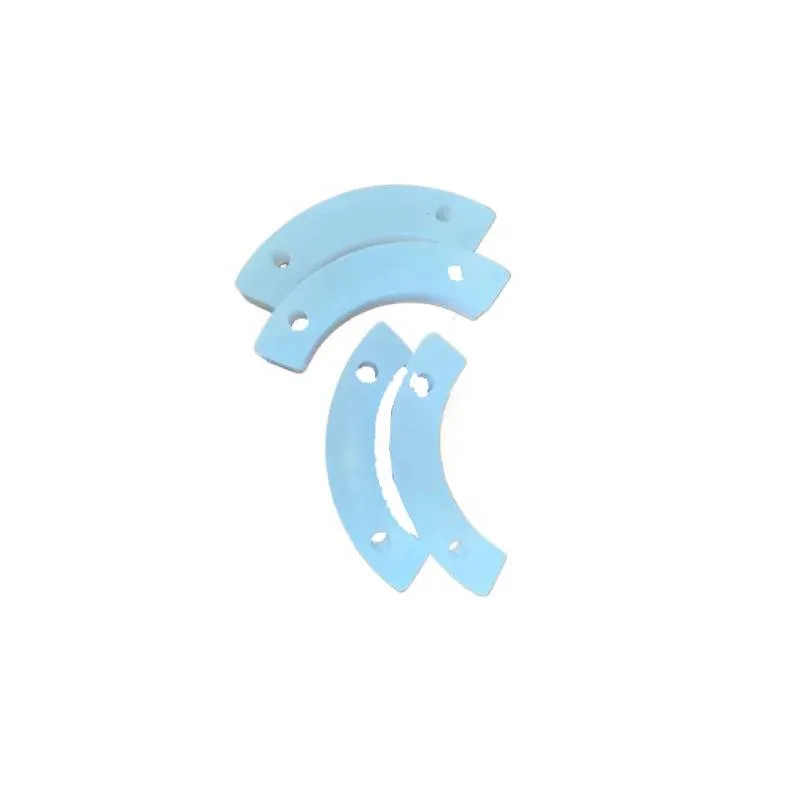
Where they’re used (and why they win)
- Electronics: masking during powder coat/anodizing; board supports that won’t smear flux residues.
- Construction: façade/glazing spacers, curtain wall setting blocks—tiny rubber plugs that resist UV better than most.
- Automotive/HVAC: hole plugs, NVH buffers, trim retainers; stable across freeze–thaw cycles.
- Lab/medical fixtures: temporary seals and push-fit stoppers (food-contact silicone on request).
Vendor comparison (my quick take)
| Vendor | MOQ | Lead Time | Certs | Customization | Price Index ≈ |
|---|---|---|---|---|---|
| FY Gasket (Silicone Support Block) | Low–mid | 10–18 days | ISO 9001, RoHS, REACH; FDA-grade available | CAD-to-tooling quick turn | $$ |
| Generic Trader A | Mid–high | 20–30 days | RoHS claimed | Limited durometers | $ |
| Micro Molder B | Low | 15–25 days | ISO 9001 | Good niche runs | $$$ |
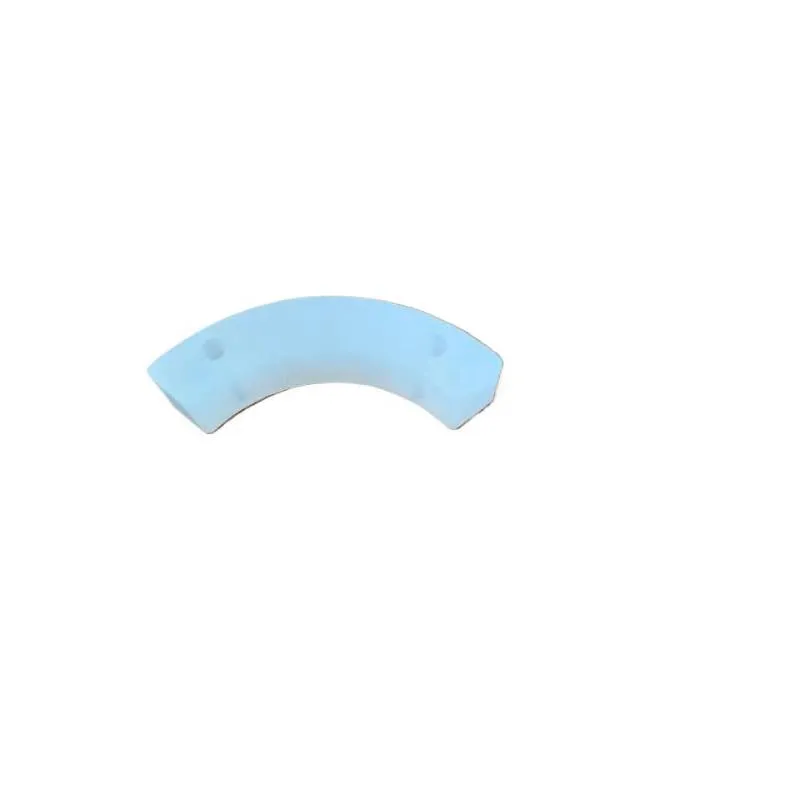
Quick case notes
- PCBA line: swapped EPDM for silicone; masking defects dropped ≈ 42% in two weeks, thanks to lower compression set.
- Glazing shop: tiny rubber plugs as setting spacers reduced edge chipping; installers said “less stick, less mess.”
- Lab gear OEM: FDA-grade silicone stoppers passed extractables screen; no odor uptake after autoclave cycles.
Many customers say the biggest win isn’t temperature—it’s consistency. Dimensions that actually repeat, week after week. That’s the boring kind of progress operations managers secretly love.
Curious? The Silicone Support Block line is built for customization—durometer, color, geometry, even pull-tabs for gloved handling. And yes, they ship worldwide from Hebei. If you’ve been burned by commodity tiny rubber plugs, this is worth a test lot.
Authoritative references
- ASTM D2240 Standard Test Method for Rubber Hardness (Durometer)
- ASTM D412 Standard Test Methods for Vulcanized Rubber—Tension
- ISO 48-4 Rubber, vulcanized or thermoplastic—Determination of hardness—Part 4: IRHD
- FDA 21 CFR 177.2600—Rubber articles intended for repeated use
- EU RoHS Directive 2011/65/EU (and amendments)
- ASTM D395—Compression Set of Rubber by Compression
-
Plastic Pelton Wheel – Lightweight, Cost-Effective Hydropower SolutionsNewsNov.24,2025
-
Durable and Cost-Effective Plastic Sheave Wheels for Modern IndustryNewsNov.24,2025
-
Plastic Spoke Wheel – Lightweight, Durable Wheels for Global Mobility SolutionsNewsNov.24,2025
-
Plastic Stem Casters: Durable, Cost-Effective Mobility Solutions for Every IndustryNewsNov.24,2025
-
Plastic Wheel Roller: Durable, Lightweight Solutions for Modern IndustryNewsNov.24,2025
-
Plastic Wheelchair Wheels: Durable, Affordable Mobility Solutions WorldwideNewsNov.24,2025
-
Small Plastic Casters – Durable, Lightweight Wheels for Global MobilityNewsNov.24,2025




